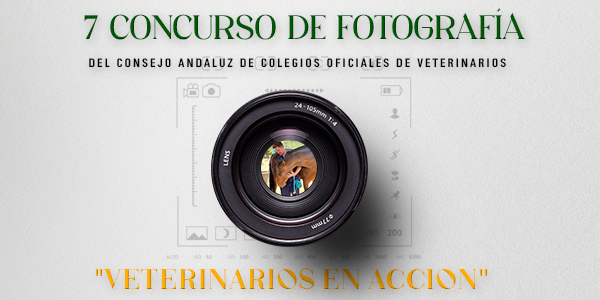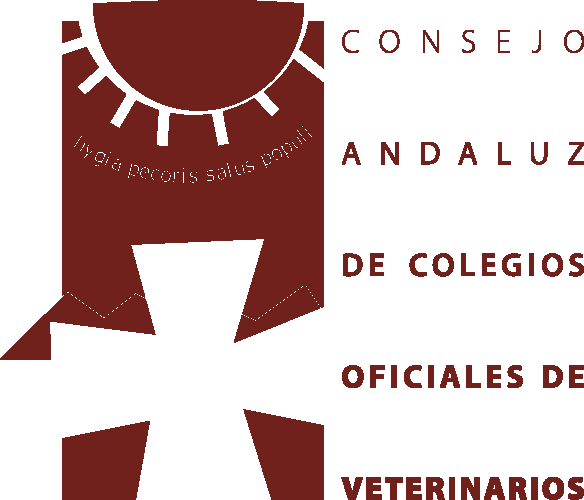Hoy en día, las nuevas técnicas de imagen, principalmente, nos hacen llegar a diagnósticos más precisos y certeros. Sin embargo, estas técnicas no están al alcance de todas las clínicas veterinarias, por lo que se hace más importante, si cabe, realizar una buena recogida de información (historia y anamnesis), además de un examen físico lo más completo posible. Una buena anamnesis y un buen examen físico, nos dan más del 80% de información para llegar a un diagnóstico, siendo las pruebas complementarias quienes nos confirmen nuestras sospechas. Es un error muy grave, realizar pruebas a un paciente sin haber enfocado el caso previamente.
En esta conferencia repasaremos las herramientas que tenemos para realizar una buena recogida de datos, así como aprenderemos a sacar la máxima información de un examen físico completo.
Repasaremos que información adicional nos aportan las analíticas sanguíneas, incluyendo los marcadores cardíacos.
Por último valoraremos el efecto de la medición de la presión arterial y posibles errores más comunes a la hora de su medición.
What information can we get from a good history, physical examination, analytics and blood pressure in a feline heart patient
As in all thorough clinical investigations, meticulous history taking can provide vital keys to the cause of the disease. In this respect, a guide-form can help the clinician to fully cover the past and present history of the patient in a standardised way and to focus the attention on relevant signs that can be related to the presenting problem.
The physical examination should involve a thorough examination before concentrating on the cardiovascular system. Also in this case, a guide-form may reduce the risk of omissions or oversights.
With cardio-respiratory patients, it may be instinctive to jump to thoracic auscultation but this procedure should be performed after a full general physical examination.
Blood pressure in cats can be measured by Doppler or oscillometric techniques. Blood pressure readings can be taken from the forelimb, the hind limb and the tail. The author prefers to use the common digital artery on the forelimb. Blood pressure measurement allows identification of clinically relevant hypotension and hypertension, and provides useful information for a correct echocardiographic interpretation.
Measurement of cardiac biomarkers (cardiac troponin-I and NT-proBNP) is becoming an essential part of a cardiac investigations. Cardiac troponin-I (cTn-I) is a sensitive and specific marker of cardiac myocyte injury and its plasma concentration is increased in a variety of cardiac diseases, including HCM in cats. NT-proBNP concentrations are positively correlated with left atrial size and pressure, indicating its utility for assessing cardiac disease severity and, potentially, prognosis. A point-of-care NT-proBNP assay (SNAP test) provides rapid results while maintaining reasonable diagnostic accuracy in discriminating between cardiac and noncardiac causes of respiratory distress, and should be considered when point-of-care ultrasound is not available.





